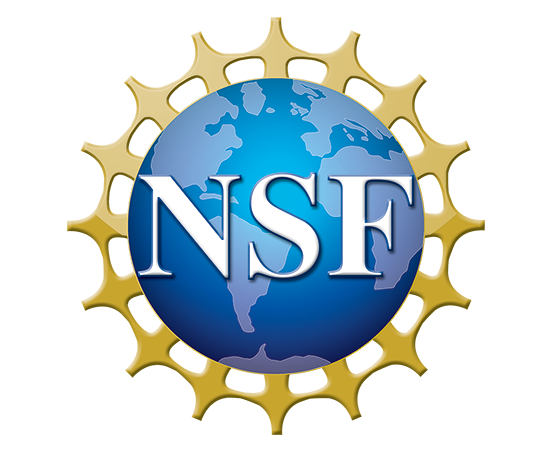Enabling Robots to Learn Like Humans
Robotic intelligence is evolving beyond pre-programmed control, shifting towards systems that learn through real-world experience. A key challenge in this transformation is enabling robots to improve their performance on complex tasks—such as walking or riding a bicycle—without requiring highly accurate mathematical models or vast amounts of training data. This research introduces a novel concept: real-time optimal control for learner-helper robot pairs, where a learner robot refines its abilities through physical experimentation with the assistance of a helper robot. This approach bridges the gap between simulation and reality, unlocking new possibilities for autonomous learning in robotics.
Learner-Helper Pairs: A New Paradigm for Robot Training
At the core of this work is a robotic learning framework inspired by human skill acquisition. Just as a child learning to ride a bicycle benefits from an adult providing balance before riding independently, a learner robot receives structured assistance from a helper. The helper ensures the learner meets the minimum functional threshold—such as preventing a walking robot from falling—while gradually reducing support as learning progresses. This enables robots to refine their movements efficiently through repeated trials, without requiring highly accurate simulations or extensive datasets.
By shifting optimization from precomputed models to real-world experiments, this technique paves the way for new robotic control strategies that are adaptive, data-efficient, and capable of handling complex, unstable systems.
Key Applications of Learner-Helper Robotics
This research has broad applications across robotics and automation, including:
- Industrial Automation: Factory robots could learn tasks directly on the production line, improving efficiency without time-consuming reprogramming.
- Assistive Robotics: Medical robots and prosthetics could optimize their movements by interacting with users rather than relying on predefined control strategies.
- Autonomous Systems: Legged robots and exoskeletons could refine their locomotion in real-world environments, overcoming the limitations of rigid model-based control.
By removing the reliance on high-fidelity models and vast training datasets, this technique accelerates the adoption of intelligent, adaptable robots across industries.
Broader Impacts
Beyond specific applications, this research contributes to multiple domains:
- Bridging the Simulation-Reality Gap: Many control techniques struggle when transitioning from simulations to real-world implementation. The proposed approach ensures that robots optimize performance in real-time, adapting to uncertainties as they learn.
- Strengthening the Economy: Enabling robots to learn autonomously enhances manufacturing efficiency, reduces reliance on labor-intensive programming, and fosters technological innovation.
- Advancing Engineering Education: By integrating concepts from mechanical, electrical, and control engineering, this research promotes interdisciplinary learning and engagement.
Looking Ahead
The development of learner-helper robot pairs marks a step toward next-generation intelligent machines, where robots teach each other, refine their abilities through real-world trials, and adapt to uncertain environments. This work lays the foundation for more capable, autonomous robotic systems, pushing the boundaries of what machines can achieve.
This work was supported by the National Science Foundation Dynamics, Control, and System Diagnostics Program (Grant Number 2029181) under the Directorate for Engineering’s Division of Civil, Mechanical, and Manufacturing Innovation.
If this topic resonates with you, I would love to hear your thoughts or explore potential collaborations. Feel free to reach out and share your perspective.

